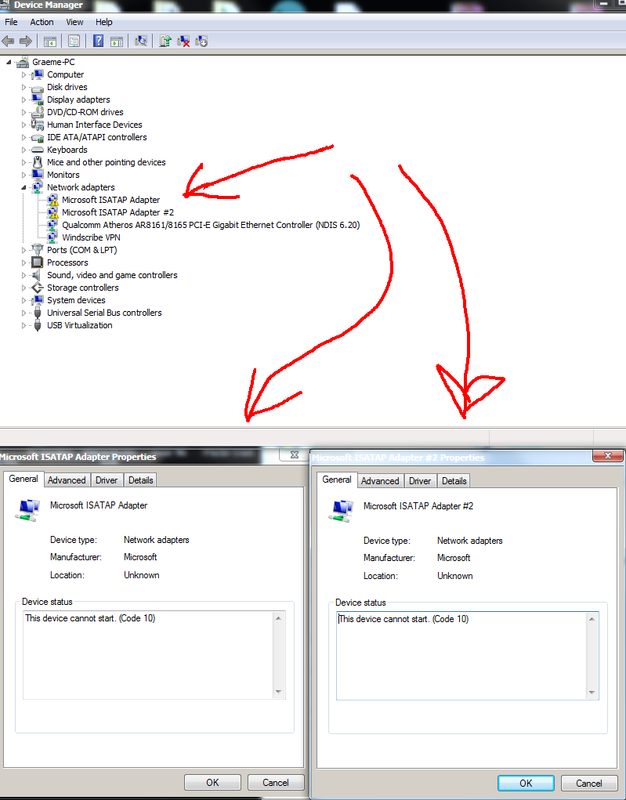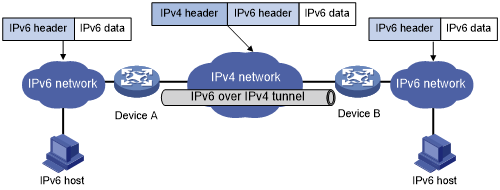

Windows platforms can be used to implement the following IPv6 transition technologies:

In the meantime, IPv4 and IPv6 nodes must be able to interoperate on the same network so that communications will not be disrupted, and IPv6 transition technologies make this possible.

However, such a goal might take years, or even decades, to achieve. The ultimate goal, of course, of IPv6 is for IPv4 to eventually be retired and all nodes on all TCP/IP networks to use only IPv6. Let’s begin by exploring the range of different technologies you can use on the Windows platform to smooth your organization’s transition from IPv4 to IPv6. So if you have Windows Server deployed and want to learn more about how to administer the platform or fill in some gaps in your skills and expertise, you should buy my book! Comparing IPv6 transition technologies You can also use the book to build hands-on expertise through a series of lessons, exercises, and suggested practices as well as to help maximize your performance on the job. While primarily geared toward individuals pursuing Microsoft Certified Solutions Associate (MCSA) certification, the book is also designed to help enterprise administrators develop real-world, job-role-specific skills by focusing on deploying and managing core infrastructure services in Windows Server. To do this I’ve adapted a few short excerpts from my book Training Guide: Installing and Configuring Windows Server 2012 R2 from Microsoft Press.

So I thought I’d take a moment and dig a bit deeper into configuring ISATAP in Windows Server environments and describe how ISATAP compares with other IPv6 transition technologies included in the Windows Server platform. It is, however, one of the better approaches short of ripping everything out and starting again from scratch. But ISATAP isn’t the only technology you can use to help transition your IPv4 network to IPv6. A few weeks ago our own Lavanya Rathnam here on TechGenix published an excellent article explaining how ISATAP can be used to help transition your organization’s IPv4 network infrastructure to IPv6.


 0 kommentar(er)
0 kommentar(er)
